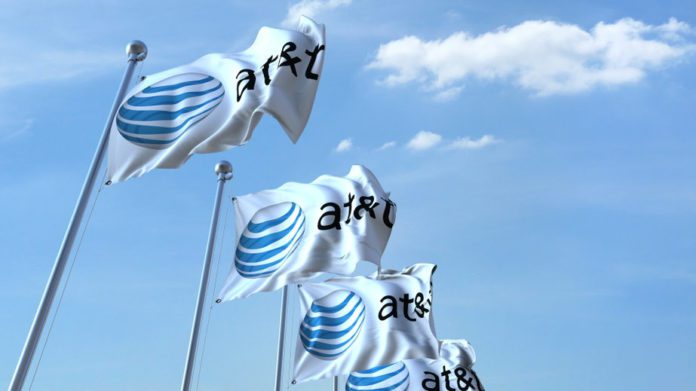Companies plan Dallas expansion next, other US metro areas to follow
Microsoft’s public edge cloud plans reached an important milestone this month with a soft-launch in Atlanta, Georgia involving partner AT&T. The two businesses are offering Azure Edge Zone access as a “private preview.” Enterprises interested in kicking the tires on 5G edge computing solutions can sign up for access.
Microsoft cited new enterprise customer use cases for 5G edge networking. AT&T and Microsoft worked with JamKazam to power audio and video streaming. JamKazam helps remote musicians perform live in sync with each other, using 5G low-latency networking. AT&T and Microsoft also collaborated with EVA to create an autonomous drone test environment.
“In this place where cloud meets the edge, compute meets mobile, and 5G trends continue to drive innovation—customer demand for advanced network capabilities is surging. For customers, the promise of all these converging technologies is still the ability to create and use innovative solutions and experiences to keep pace with a rapidly evolving digital landscape,” said Microsoft Executive VP Jason Zander in a blog post.
AT&T and Microsoft announced a strategic partnership in July that sees the carrier’s 5G mobile network moved to the Microsoft cloud and provides a path for its traffic to be managed using Microsoft Azure technologies. The companies expect increased productivity and cost efficiency, according to the companies.
Azure Edge’s low latency play
Microsoft announced Azure Edge Zones in 2020 along with Azure Private Edge Zones. Azure Edge Zones connect directly to 5G networks; their private counterpart works with private LTE/5G network combined with on-prem Azure Stack Edge.
Microsoft has been emphasizing Azure for Operators’ suitability for 5G Ultra-Reliable Low Latency Communications (URLLC) lately. The company’s own global Azure Wide Area Network (WAN) comprises almost 200 points of presence over 60 regions, across 140 countries. What’s more, Microsoft has optimized traffic orchestration towards 5G requirements.
Microsoft Azure CTO Victor Bahl described it as “a fast-forwarding mechanism to build a 5G overlay on our existing WAN, thereby supporting a variety of 5G network slices with different wired transport properties, while avoiding interference with the operation of the underlying enterprise cloud network.”
Following the rollout of the Atlanta Azure Edge Zone, Microsoft said the next AT&T location will be Dallas. AT&T and Microsoft plan additional rollouts in other U.S. metropolitan locations.

